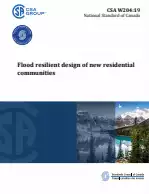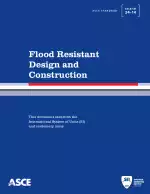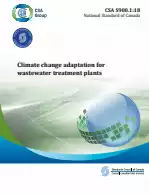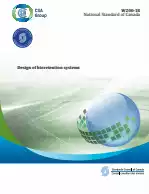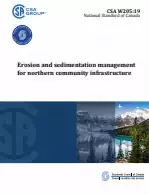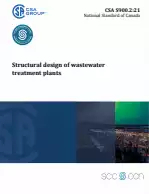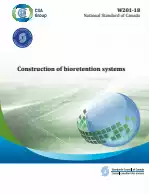Flood Resilient Design of New Residential Communities
Also Known As:
CSA W204:19 is a standard that focuses on the flood-resilient design of new residential communities. The purpose of the standard is to provide compliance criteria and guidance specifically related to greenfield development. It covers various building types, including detached homes, semi-detached homes, row houses, and mixed-use residential developments. The standard also addresses design elements such as resilience to extreme weather events, storm sewer systems, street design, sanitary sewer systems, wastewater pumping stations, and preservation of natural infrastructure and low impact development measures.
The standard considers a range of flood hazards, including riverine flooding, overland flooding, storm and sanitary sewer surcharge, drainage system failures, and groundwater seepage. However, it excludes considerations for existing development, infill, intensification, or redevelopment. Additionally, it does not cover flood hazards such as sea level rise, storm surges, unique flood hazards, and flood risk specific to alluvial fans. The standard is intended to be applicable across Canada, but limitations may exist in areas with permafrost or coastal and lake flooding, where additional flood risks are not addressed.
Local jurisdictions may have criteria or requirements beyond what is provided in the standard. In such cases, the more stringent requirement takes precedence. The standard also emphasizes the need for climate uncertainty considerations in the design process, including the use of data that anticipates future climate changes. However, due to the lack of available data, adjustments to current intensity-duration-frequency (IDF) values should be made to account for climate uncertainties.
| Edition | 1 |
| ICS Codes | 93.010 - Civil engineering in general |
| Language(s) | English |
| ISBN | 9781488326110 |
| File Size | 2.4 MB |

